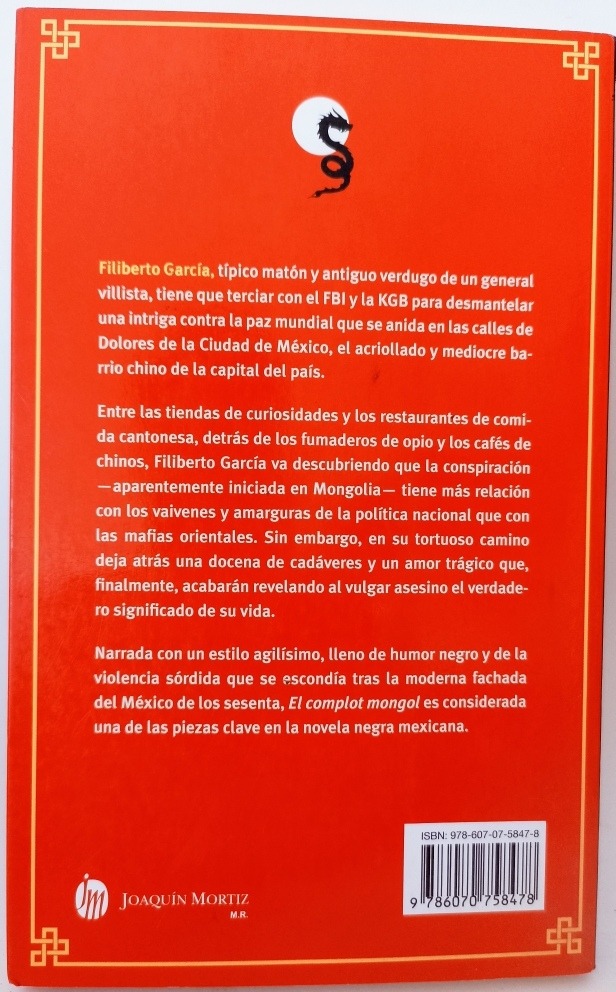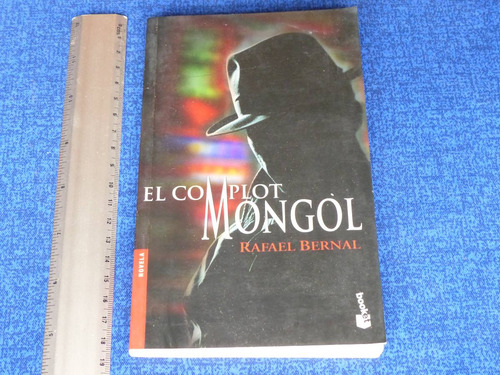


The unnamed narrator of Bernal’s novel is a middle-aged white man who has abandoned society for the Lacandón jungle in Chiapas, Mexico. And given what we now know about the relationship between habitat destruction and the emergence of new zoonotic diseases, it’s an eerie (and almost on-the-nose) message for the Covid years. And once they discover that a human-the novel’s unnamed narrator-can understand their language, they set out to enlist him in their plan to dominate and enslave the human race entirely.įirst published in 1947 in Bernal’s native Mexico, nearly forgotten for half a century, and only now appearing in English, His Name Was Death is a parable about the horrors that await human arrogance. They have little interest in human foibles and belong to a strictly hierarchical organization in which the collective will supersedes the individual. The mosquitos in Rafael Bernal’s novel His Name Was Death (translated by Kit Schluter) are significantly less given to whimsy. Well, it’s time to turn the fables, we say, time for us to tell you what we know.” Your earliest tales were of animals, of course, beastly fables carved into cave walls. “Or perhaps we should say centuries told: you certainly love your stories.

“We’ve been needling you for centuries untold,” they announce early in the book. Mosquitos and their deadly “fevers” are the invisible stagehands that assist Namwali Serpell’s 2019 novel The Old Drift as it rambles across 200 years of narration. But literature loves a good villain, and in an age when a warming climate makes more places increasingly hospitable to the mosquito-and increases the virulence of mosquito-borne diseases-we might well see more novels in which they play a central role.


 0 kommentar(er)
0 kommentar(er)
